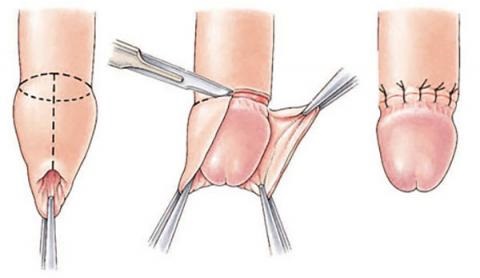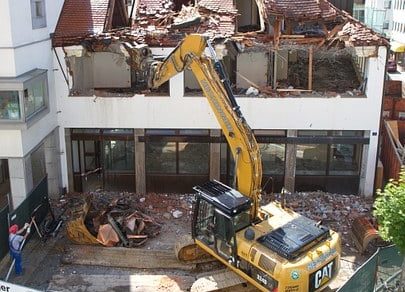Retaining walls can make a huge difference to the look of your home and garden. The walls offer protection against possible threats and are able to be constructed with a low cost. There is a chance to add a touch of class to your house by choosing from a range of designs. The first step is to decide the exact purpose and size of the wall before the construction begins. Here we’ve put together an outline to help determine which style is most suitable for your situation.
What are the price factors to consider when building walls for retaining? The most important cost factor to consider when building retaining walls is the type of material is used. The more expensive materials, the higher the price. The slate, brick, concrete, and natural stone are but a handful of the many options.

The following major decision that you’ll be required to make is the design of your wall. Each style will offer its own advantages and disadvantages, depending upon the site and the their purpose is. Concrete and slate are the most costly materials clearly, but they’re also the most efficient when it comes to drainage. There are other options worth considering and looking into possible ways to increase drainage.
The soil type as well as density are key aspects that impact the cost for retaining walls. The average soil density in the UK is about three pounds annum. This is quite low in comparison to international standards nevertheless, it’s a top quality soil. The soil that has a less dense average will have a lower cost. A higher-quality soil is required to improve drainage.
Your next task on the list of wall material and methods you’ll need. Asphalt isn’t your only choice. The latter can costly. Some opt for treated pine, which can be used in a variety of sizes and significantly less costly than individuals imagine. It is important to determine what you’d like to do with dirt, gravel or a combination. Each one has positives and negatives, yet they’ll all aid in creating an appealing landscape.
As it is inexpensive and easy to install It’s a great option for walls that are being built. It can also be installed on concrete or stones without a problem, though it’s recommended not to use stone alone. Stone by itself is large and heavy, which can result in damages to structures, roads, and trees. You should consult an engineer from the structural engineering department to check the area and make sure it’s secure and safe. Make sure it is permitted to put the concrete foundation for your building a new wall for retaining. It could be necessary to wait until you see someone else doing it.
It is possible that there will be additional labour costs. The costs for labor generally range from 2 to 3 dollars for each square foot depending on what material you select and on the type of project. Be prepared to spend some extra money to obtain high-quality retaining walls which is attractive and robust. Though it’s usually cheaper to engage an engineer person, or contractor with the necessary skills to do this kind of job than hiring someone else and getting the same amount of money as fast. If you’re planning to build an enormous project, you can expect to be able to research for hours on all alternatives, writing contracts and deciding how you will go about it.
Last but not least, the biggest cost is construction of the structure. It can differ widely based on the size and complexity of your project, so expect to pay more for one area as opposed to the other. An incredibly small amount of concrete blocks may cost a few dollars to put in, while a large wall made up of many concrete blocks could easily run in the hundreds of thousands. Be aware that the structures of this size usually remain in place and cannot move, and their cost will remain for all the time the property is on the market. Also, remember the fact that many states require the walls be strong enough at least 100 feet from the property, and it’s best to seek out a local engineer or contractor that can construct your wall at a costs that are reasonable given the specifics.



